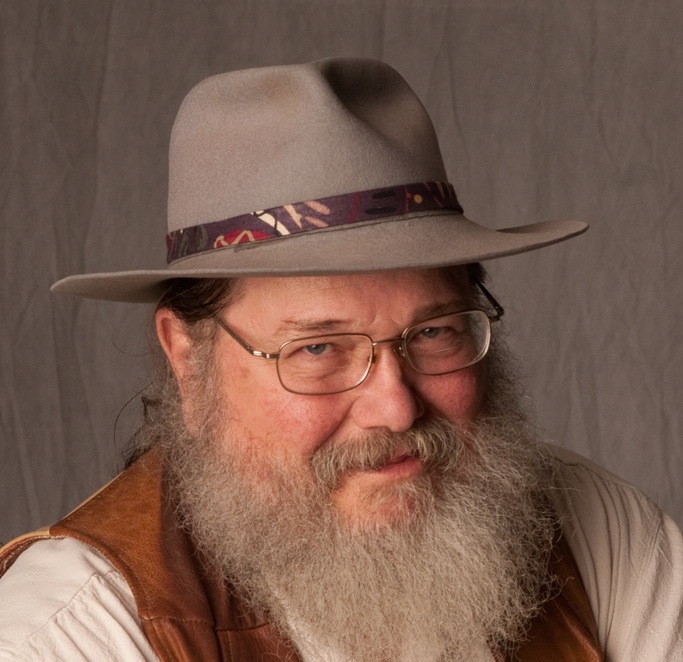My father’s double-barrel 12-gauge shotgun hung above the mantle of our fireplace. He told me about the summer he was 12 and worked with a wheat threshing crew and earned 50 cents a day. The two purchases he made with his summer’s wages were a winter coat for his mother and a shotgun.
I grew up in the gun culture. My early memories include a single-shot bolt-action .22 and a Winchester pump .22 rifle that stood in the corner of my parent’s bedroom. My older brothers used them to hunt rabbits and squirrels. When I explored my father’s humpbacked trunk I discovered a .45-caliber army semiautomatic pistol wrapped in an oiled cloth and a powder horn made from a cow’s horn which had belonged to my grandfather, Henry Newyears Norris. He had carried that powder horn with his muzzle-loading rifle when he had pursued marauding Comanches onto the Llano Estacado as a young man after the Civil War. The guns themselves were intricately and beautifully made. They had flowing functional lines and the older the weapon the more I liked to run my hands over it and admire the worn silver patina of well-used metal. I loved the smell of oil and gun smoke.
Daddy thought his land was being stolen from him. He believed the cemetery that shared our property line had moved the fence so he confronted the trustees with his .30-caliber M1 Carbine. We watched the sheriff load him and his rifle into the patrol car and drive away.
One moonless night on Furnatts Creek, W.V., I huddled in the step well of the school bus Sue and our boys lived in, with a 12-gauge pump shotgun between my knees. I prayed the two drunks demanding entrance to the hippie bus wouldn’t answer for me the question I’d been asking myself for a frightening couple of minutes. They eventually left.
I read in this week’s Arizona Daily Sun a reprinted bit of Flagstaff news from 1887. It seems young Tom Hicks was visiting the slaughterhouse in town. He had a pistol in his pants. He tried to adjust it and it discharged, shooting him in the pelvis. He died four days later. “He was scarcely more than a boy”
Recently on July 24 the Arizona Daily Sun reported that a bystander suffered minor injuries when a young man entered the Highway 89 McDonald’s with a pistol in the waistline of his pants and it fell to the floor and discharged as he adjusted his clothing.
Although I still own three guns, I haven’t fired two of them for 30 years. The other has dispatched a couple of 4-H butcher hogs and the occasional chicken-killing skunk. I haven’t hunted since opening day of deer season 30 years ago. A wild turkey flew across in front of me and from the opposite side of the meadow a fellow with a semiautomatic rifle opened fire on the turkey. I crawled back to my truck and went home.
I grew up on the cusp of a culture that needed guns to feed themselves and protect home and livestock from two and four-legged varmints. Today … not so much. Our real threats are ignorance, leaders willing to knowingly lie to us, poverty and hate. The icon of the frontiersman or cowboy who solves his own problems with a pistol is seared so deep in our national identity, I don’t know if it can be dislodged, but it desperately needs to be reframed.
In the mid-’70s I had a friend who attended our church in South Dakota. He told me about shooting a neighbor man in the back from a hiding place when he was just a child. The man had injured his father. He kept loaded guns all over his house. I asked about the toddlers. “An unloaded gun is useless!” he said. He invited me to the drive-in and picked me up in his work truck—a two-ton flatbed. He had placed the family sofa across the back of the cab. He backed the truck up the berm, next to the speaker post. We popped the tops on our beers and sat in luxury with the cooler for our footstool.
The movie was “Grizzly.” The first time the griz’ crunched up a few campers I heard a gasp and looked sideward to see my friend’s face contorted in terror and his arms extended with a usefully loaded pistol aimed at the bear.

